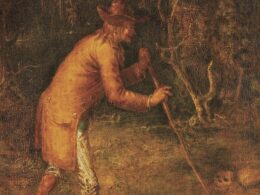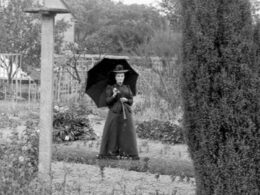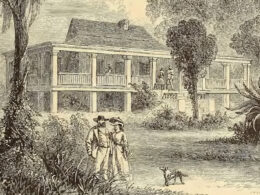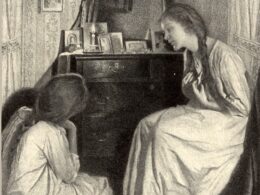Constance Fenimore Woolson (1840–1894)
From Constance Fenimore Woolson: Collected Stories
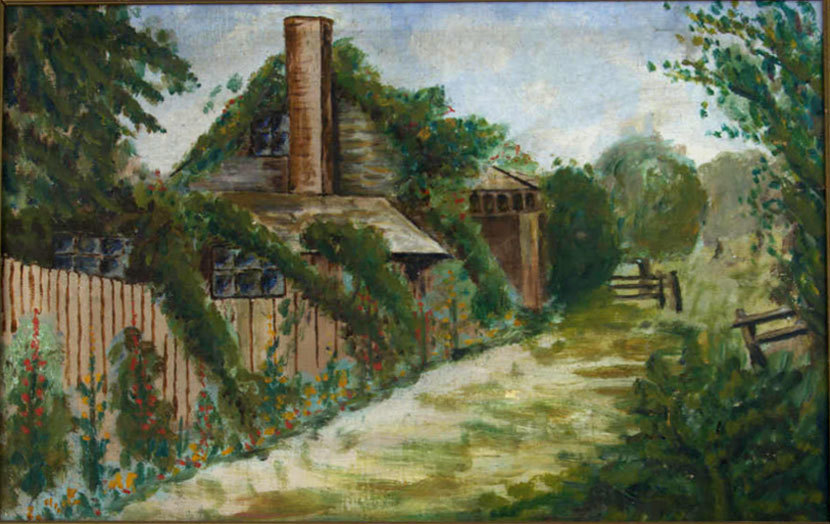
This month Library of America publishes one of the most highly regarded and commercially successful American authors of the nineteenth century—a writer who has since been largely forgotten. As an essay in the Los Angeles Review of Books has argued, Constance Fenimore Woolson “paved the way for writers such as Edith Wharton, E. M. Forster, and Willa Cather, and might be hailed in the same breath as Henry James and George Eliot.”
In her recent interview with LOA, biographer Anne Boyd Rioux points out how “While her contemporaries were so enthralled with society’s rapid changes, Woolson was intrigued by the Old World communities that had been transplanted to America. . . . Woolson felt it was important to notice the overlooked and marginalized not only among people but also among places.”
The short story “Solomon” is set in the utopian Separatist community of Zoar, Ohio, but at its center are a husband and wife who are outsiders in a community that is itself outside the “mainstream” of American society. The sad tale of this estranged couple is seen through the eyes of two visiting young tourists from Cleveland in what one critic has called a “Burns and Allen routine,” a disarmingly comic device that accentuates “the contrast between characters of social sophistication and characters of untutored simplicity.” We invite you to visit Zoar, and its complicated and conflicted nineteenth century setting, by reading “Solomon,” our current Story of the Week selection.
